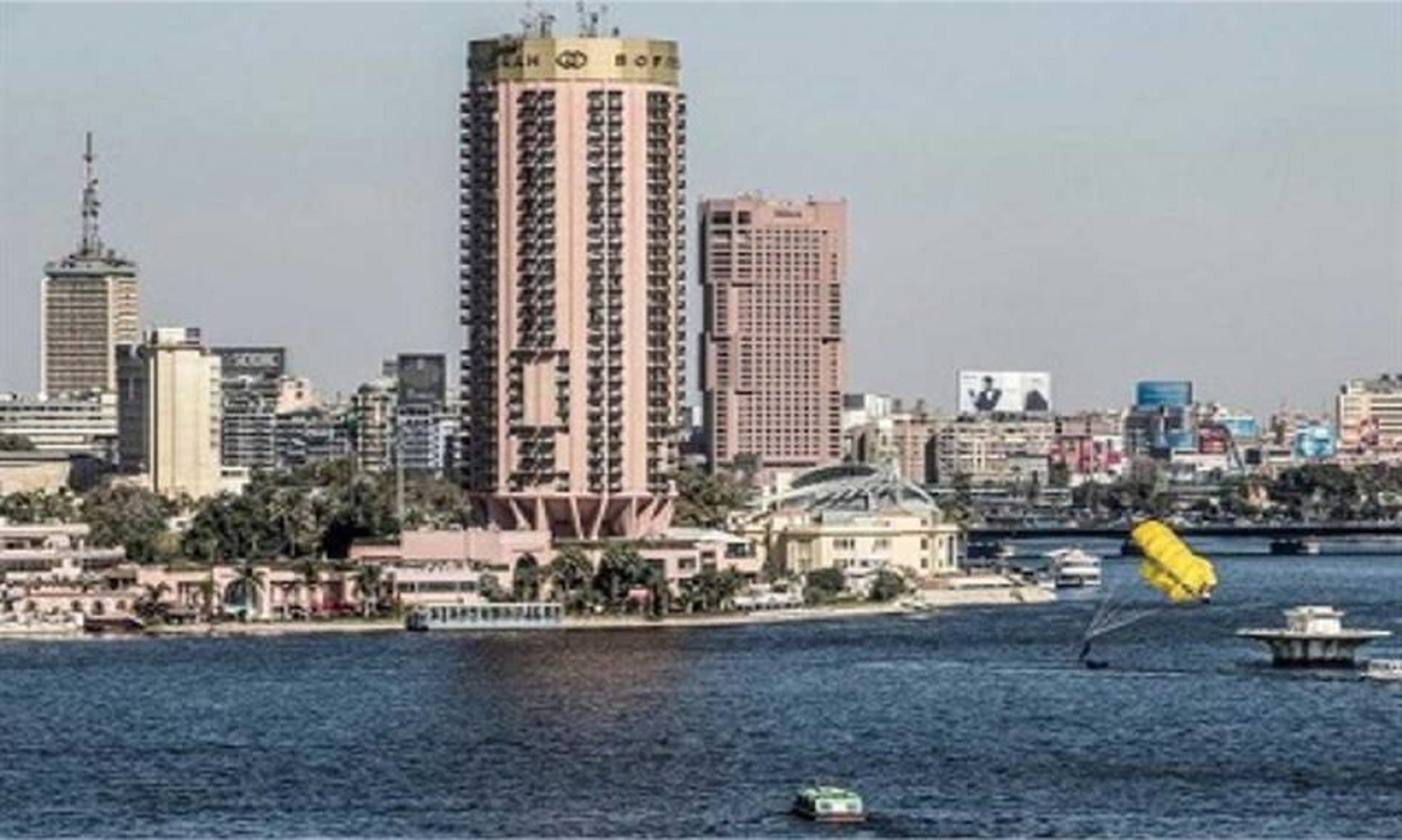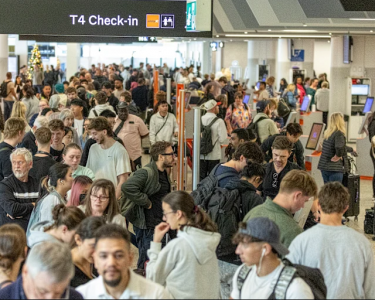CAIRO, Jun 8 (NNN-MENA) – Egypt’s Ministry of Water Resources and Irrigation, said yesterday, it is monitoring the rates of rainfall at the headwaters of the Nile River, to determine the quantity of water reaching the reservoir at Aswan High Dam.
Such procedures are essential for forecasting the different scenarios of the upcoming flood, according to a statement by the ministry, released, following a meeting of the Permanent Committee for Regulating the Nile’s Revenue.
The Nile’s annual flooding – which takes place Aug-Oct – is caused by heavy rains in the Ethiopian highlands.
Over the past year, according to a previous statement by the ministry, Egypt has built over 1,500 facilities, to protect the country from heavy rainfall, as well as, store water for Bedouin communities that suffer from water scarcity, the ministry said.
Egypt has also established a flood-forecasting centre, to monitor rainfall and floods, as well as, study climate change and its impact on the country.
Yesterday, the committee held a follow-up meeting to keep abreast of the situation, concerning the output of the Nile River, in the current water year.
The committee meetings, held regularly throughout the year, aim to ensure water resources are optimally managed to provide for the country’s water needs.
Irrigation Minister, Mohamed Abdel-Ati, who chaired yesterday’s meeting, said, the ministry seeks to efficiently provide for the country’s water needs, and to handle any complaints immediately, the statement added.
The minister issued directives to the ministry’s departments, to remain on high alert and follow up on the water situation, to maintain safe water levels in canals and drains, and guarantee the readiness of water-lifting stations and emergency units nationwide.
Some 85 percent of river waters in Egypt flow from the Ethiopian highlands, through the Blue Nile – one of the Nile’s two main tributaries along with the White Nile.
Egypt, which is considered one of the most water-scarce countries in the world, receives around 60 billion cubic metres (bcm) annually, mainly from the Nile. However, its needs stand at around 114 bcm, placing the 102-million-plus country, well below the international threshold for water scarcity, at 560 cubic metres per person annually.
The large gap in water resources in Egypt is overcome by importing 54 percent of its consumption and reusing 42 percent of its renewable sources, Abdel-Ati said.
Access to the Nile’s waters is one of the outstanding points in the long-running Grand Ethiopian Renaissance Dam (GERD) dispute, between downstream countries Egypt and Sudan, from one side, and the upstream country, Ethiopia, on the other.
Cairo and Khartoum have been involved in decade-long talks with Addis Ababa, over the massive mega project, in an attempt to reach a legally binding agreement on the filling and operation of the dam.
Downstream countries do not oppose the project but seek to reach a binding deal with Ethiopia. Egypt fears an impact on its water supply and Sudan is concerned about regulating flows to its own dams.
Ethiopia, however, has been intransigent in its negotiations with the two downstream countries.
In the absence of the desired deal, Ethiopia had unilaterally completed the first and second fillings of the dam, and recently announced that the first turbine of the GERD has begun generating power.
It seeks to start the third filling in Aug and Sept, according to remarks by Kiffle Horo, project manager of the GERD.– NNN-MENA






